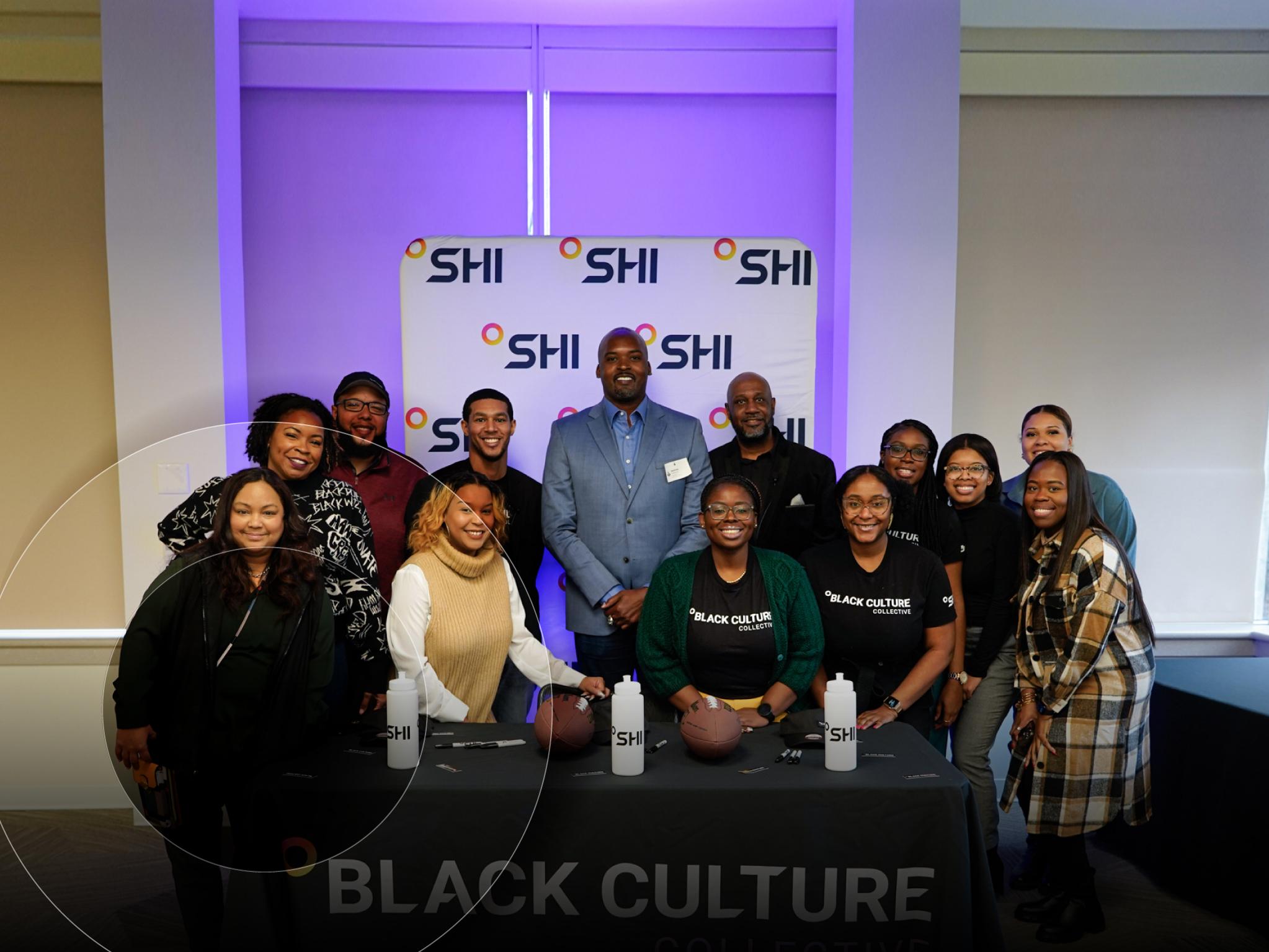Taking a human-centric approach to hybrid work and return-to-office
Something for the Weekend: Lessons from Gartner Symposium EMEA 2021

Gartner’s virtual delivery of their EMEA Symposium this week made me realize how much I value the opportunity to catch up with old friends in person, to meet new people while queuing for sessions or simply spot a familiar face in the corridor.
However, it has also allowed me to appreciate the flexibility of listening to sessions when it suits me. Or even to be in two places at once (no need for Hermione Granger’s ‘Time Turner’ for this class swot).
It has also given me the opportunity to listen again to some of the ideas that caught my interest and make sure I’ve fully understood them (top tip: you can do the same with our recent Fall Executive Forum sessions on Hybrid Infrastructure and End User Computing, all now available on-demand).
Hybrid work challenges
It was appropriate that, just as attendees were experiencing a hybrid event, hybrid work influenced much of the content. In some cases, it was addressed directly (numerous presentations included ‘future of work’ in the title). In others, the reference was indirect, as part of the ‘human centric workplace’ theme – introduced in the keynote – that wove its way through many of the business- and technology-centric presentations.
The themes were largely similar to those we’ve been discussing here on the SHI Content Hub over the last year. Too many to cover in a single post, so today I thought I’d focus on return-to-office (RTO) and hybrid work.
Remote and hybrid work are here to stay
It was clear from both analysts and vendor content that hybrid work and remote work are here to stay. This is how the majority of employees want to work. It’s how they have demonstrated the most potential. For many employers, if you want to recruit and retain talent in the age of the Great Resignation, you need to embrace flexibility.
This idea was reinforced by my recent fireside chat with Steve Januario, VP of Digital Experience at Palo Alto as part of SHI’s Fall Executive Forum. In a wide-ranging discussion we talked about how a fast-growing company like his is concentrating on User Experience, not only a way as to make staff happier and productive, no matter where they work, but also to attract new talent that demands a better experience.
How do we get it right?
The message from both Steve’s experience at Palo Alto, and the analysts is clear: start with trust. And no, this isn’t about checking that your employees are spending their contracted hours in front of their laptop and camera. It’s about trusting your employees to make the right decisions about when, where, and how to work. Trust is important – it was the topic of the day two Gartner Symposium keynote from Adam Grant and Rachel Botsman.
However, as Steve pointed out, data about how, when and where employees are working is valuable when used the right way. This is the information that can help you provide people with the right technology and systems to allow them to work effectively.
Ensuring digital parity
As organizations start to bring employees back to the office, even if in a reduced capacity, the concept of digital parity between in-office and remote employees is becoming more important. As Steve and I discussed in our chat, part of the solution is cultural. But technology plays an important role in ensuring that, for example, all participants in a meeting are equally engaged and enabled no matter how they are connecting. Rachel Botsman provided some great illustrations of both good and bad hybrid meetings in her Gartner keynote discussion. These discussions echo an increased demand among SHI customers in recent months for improved meeting room and conferencing solutions.
Supporting you in a world of hybrid everything
It seems certain that, with very few exceptions, most organizations are going to have to support a hybrid workforce in the long term. Quick fixes that were rushed into service in 2020 are beginning to struggle as employees demand more.
As some of us start to spend more time in the office, while others of us remain remote, user experience for office-based and remote staff is now vital to both retaining and attracting talent. Patchwork solutions are not going to provide the digital parity employees need to be fully engaged.
Sometimes the answer is simply using the technologies available to you in more effective ways. Adoption and Change Management practices can help you realize the full power of solutions like Collaboration Platforms and Productivity Suites. At other times it’s about comparing your organizational goals and culture against your current technology stack and identifying where new solutions could unlock higher levels of productivity and innovation.
As SHI customers like Steve Januario have found, whatever the challenge, SHI can help. From simply getting the right kit to the right employees on time and ready to use, to engaging at the business challenge level and helping to design solutions from the ground up, SHI is helping organizations of all shapes and sizes gear up for a Hybrid Everything World.
Learn more about how to support Hybrid Workers with the best User Experience.





